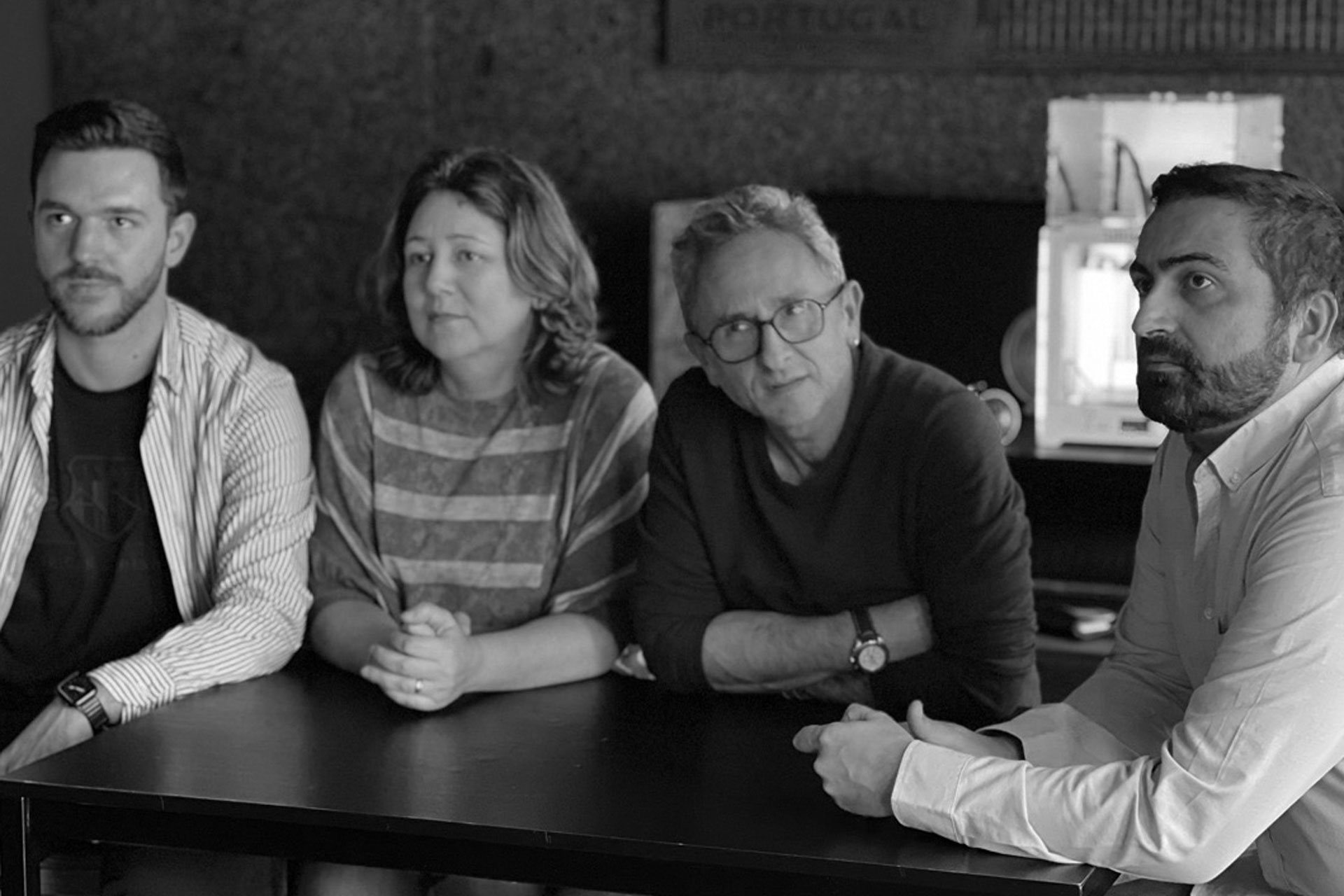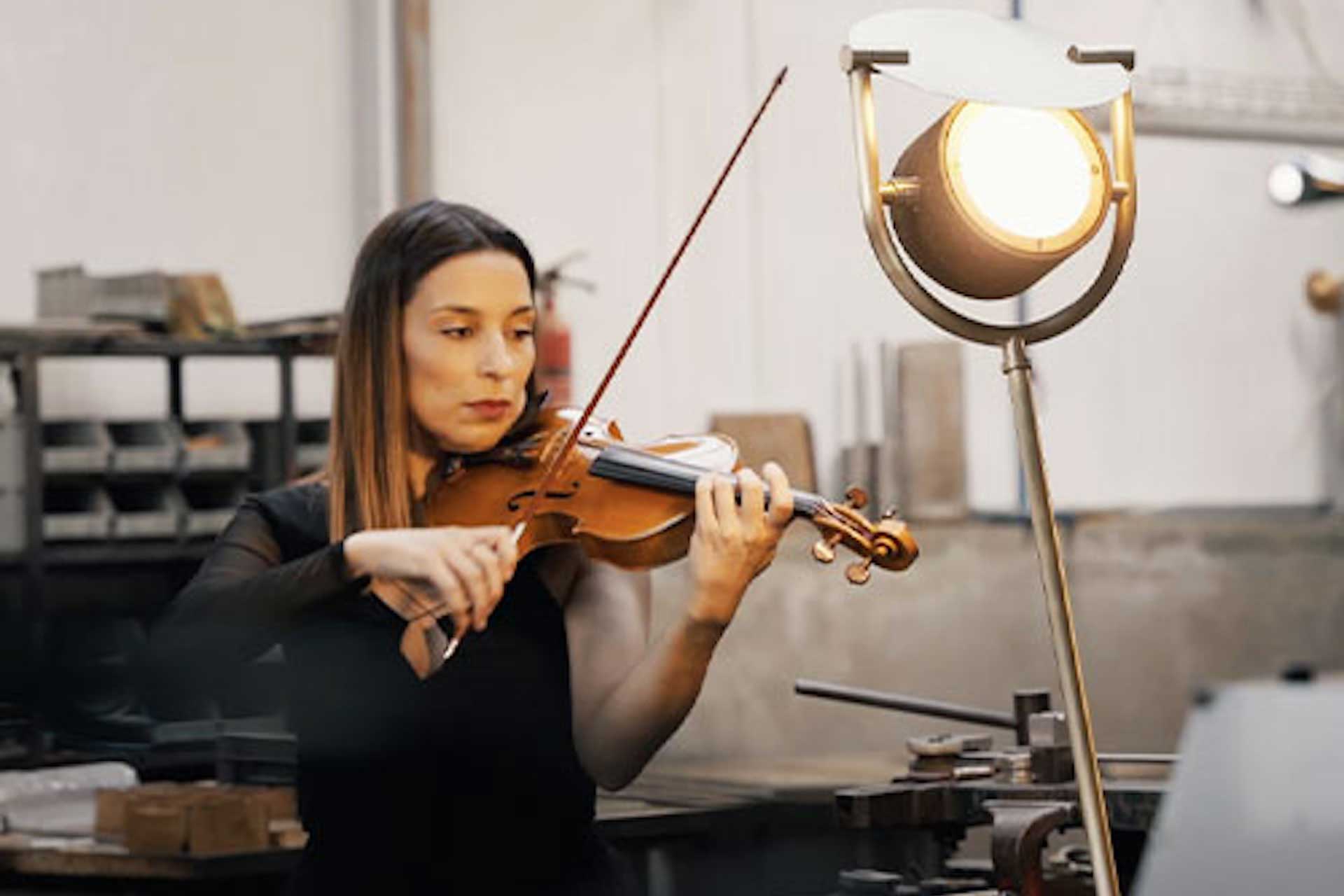1Please give us a brief bio of yourself and your design background.
Ermanno Aparo, Liliana Soares, João Teixeira and Jorge Passos are four designers with different origins and different experience in the field of design.
Aparo, an Italian professor, and Soares, who's from Lisbon, both teach at the Polytechnic of Viana do Castelo.
João and Jorge are two young designers who are former students of the Polytechnic of Viana do Castelo and currently work in the north of Portugal.
Together we form a design group that carries out research and development projects, focused on environmental and business sustainability.
2What made you become/why did you choose to become a designer/artist?
Each of us may have unique motivations for pursuing a career in design, but a common thread among us is the shared aspiration to enhance the quality of people's lives.
3Tell us more about your business/company, job profile, and what you do.
We are a group that unites professors and former students, dedicated to conducting research and fostering innovation in local businesses. Our goal is to enhance both the practice of design and the creation of products and services, while advocating for sustainability within companies and the broader community.
4What does “design” mean to you?
As Tomas Maldonado stated, design means "coordinating, integrating and articulating all those factors which, in one way or another, participated in the constitutive process of the shape of the product".
5What’s your favorite kind of design and why?
All forms of design carry cultural, ethical, and social values, particularly those designs that enhance people's well-being.
6To you, what makes a “good” design?
The decision and evaluation of whether a design is good or bad is ultimately in the hands of people. Therefore, good design should be created by people, for people. It's essential to remember that each of us is an individual living within a community, and we all have the right to happiness, as well as the responsibility to help others achieve it.
7Describe your design style and its main characteristics.
We don't see our design as having a particular style. It's not just because it's a blend of four different perspectives, but also because each project has its own unique identity. It has its own typology, its own goals, and it's shaped by different reasons and cultures.
8Tell us about your design process.
Our process is not linear; it consists of both progress and setbacks. We draw inspiration and added value from a wealth of sources, including broader cultural influences as well as the specific culture of the company we collaborate with.
9Do you think your country and its cultural heritage has an impact on your design process?
Sure! Portugal is a country rich in tradition and its production has always been linked to a great culture for the detail that qualifies and makes each product unique.
10Congratulations! As the winner of the 2023 MUSE Design Awards, what does it mean to you and your company and team to receive this award distinction?
It is an honor and an incentive to always do better.
11Can you explain a bit about the winning work you entered into the 2023 MUSE Design Awards, and why you chose to enter this project?
Our work is a project inspired by the muses and dryads, those divinities that inspire human beings but also protect them. So participating in an award called the MUSE Design Awards was inevitable.
12What was the biggest challenge with this project?
The major challenge of this project was to establish pathways into areas typically outside the realm of the product industry, encourage innovation, take calculated risks, and persuade our partners that this is the right strategy.
13How has winning an Award developed your practice/career?
Receiving an award is a confirmation that we're on the right track and should remain in that direction.
14What are your top three (3) favorite things about our industry?
In this case our client, Furnor has three unique characteristics:
- Quality in process.
- Quality in the people who work on the processes.
- Quality of the final products.
15Where do you see the evolution of design industry going over the next 5-10 years?
Maybe in the coming years, design will have to learn to pay attention to aesthetic and environmental quality.
16If you were a student entering this industry or an aspiring MUSE Design Awards submitter, what advice would you give them?
The best advice is that, when designing, they should remember to put themselves in the shoes of those involved, whether it's the worker producing a component, the shopkeeper selling the product, or the end user.
17What resources would you recommend to someone who wants to improve their skills in the design industry?
Our most valuable resource is culture, so the key is to continuously explore and embrace what surrounds us, and whenever possible, enrich it.
18Who has inspired you in your life and why?
People, because design is made by people and for people!
19What is your key to success? Any parting words of wisdom?
I think the key to our success is that we are four different people and we complement each other using our differences as added value. We are plural, not singular.
20Do you have anything else you would like to add to the interview?
We would like to thank MUSE Design Awards and the dedicated jury panel for recognizing our work!




